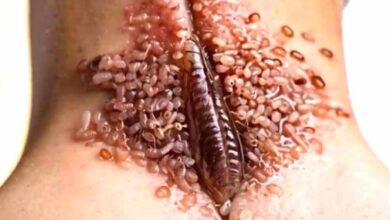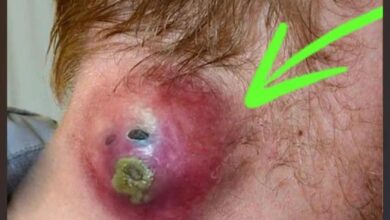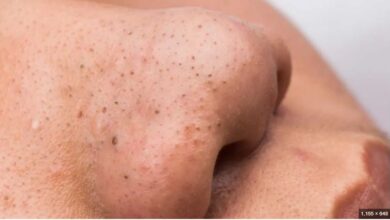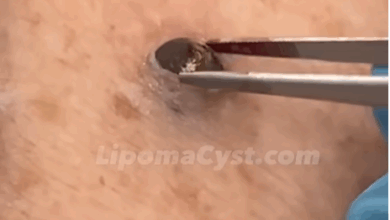Big Acne Removal: Safe and Effective Solutions for Severe Breakouts
@doutorcravoespinhas REMOÇÃO CRAVOS GIGANTE INTERNO SATISFATÓRIO #ACNES #TIKTOKVIRALVIDEOS #ESPINHAS #PIMPLES #CRAVOS #CRAVOSGIGANTES #TOKDOENEM #ESPINHASINFLAMADAS #REMOÇAODECRAVOS #ACNESKINCARE #CRAVOSEESPINHAS #REMOVAL ♬ Pray Background On Piano – Studio Pro Sound
Dealing with occasional pimples is frustrating enough — but big acne like cysts, nodules, or deep inflamed bumps can be painful, stubborn, and emotionally draining. These types of acne don’t just sit on the surface; they form deep under the skin, making them harder to treat and more likely to leave scars if not handled properly.
In this article, we’ll break down what big acne is, what causes it, and the best ways to remove and treat it — safely and effectively.

What is “Big Acne”?
“Big acne” typically refers to severe or inflamed acne types, including:
-
Cystic acne: Soft, pus-filled lumps under the skin
-
Nodular acne: Hard, painful bumps that form deep in the skin
-
Acne conglobata: Clusters of large inflamed breakouts
-
Inflamed pustules or papules: Swollen red bumps, often painful
These types are harder to treat than whiteheads or blackheads and often need professional help.
What Causes Big Acne?
Big acne can be triggered by a combination of:
-
Hormonal imbalances (especially during puberty, menstruation, or stress)
-
Excess sebum (oil) production
-
Bacterial buildup (particularly Cutibacterium acnes)
-
Poor skincare habits or using comedogenic products
-
Genetics
Best Ways to Treat & Remove Big Acne
1. Visit a Dermatologist
Most effective and safest option
A dermatologist can offer customized treatment for your skin type and severity. Common treatments include:
-
Cortisone injections – Shrinks large, painful cysts in 24–48 hours
-
Prescription creams (retinoids, benzoyl peroxide, antibiotics) – Reduce inflammation and prevent new breakouts
-
Oral antibiotics or isotretinoin (Accutane) – For widespread or resistant acne
-
Hormonal treatments – Birth control pills or spironolactone can help if hormones are the root cause
2. Professional Acne Extraction
Best for deep blackheads and clogged pores
While big cysts shouldn’t be squeezed at home, licensed estheticians and dermatologists can safely extract some types of acne using sterile tools to minimize trauma and reduce scarring.
3. Don’t Pop or Squeeze
Very important!
Trying to pop big acne at home can:
-
Push the infection deeper
-
Cause permanent scarring
-
Spread bacteria, causing more breakouts
If you must do something at home, apply a warm compress to reduce swelling and let it come to a head naturally.
4. Use Targeted Skincare Products
Key ingredients:
-
Salicylic acid – Helps unclog pores
-
Benzoyl peroxide – Kills acne-causing bacteria
-
Retinoids (like adapalene) – Speeds up skin turnover
-
Niacinamide – Reduces inflammation and redness
Pro tip: Use a gentle cleanser and non-comedogenic moisturizer daily to support healing.
5. Lifestyle Tips for Prevention
-
Wash pillowcases and towels regularly
-
Avoid touching your face
-
Clean phones and glasses frequently
-
Reduce sugary, greasy, and dairy-heavy foods
-
Drink plenty of water and manage stress
When to See a Doctor
You should seek professional help if:
-
The acne is painful or lasts for weeks
-
You have frequent large breakouts
-
Over-the-counter products aren’t working
-
You’re developing acne scars
Final Thoughts
Big acne can be painful both physically and emotionally, but you’re not alone — and there are real solutions. From professional treatments like cortisone injections to powerful at-home skincare, you can manage and reduce severe acne safely. The key is patience, consistency, and knowing when to get expert help.
Everyone’s skin is different, so finding what works for you may take time — but clear, healthy skin is possible.
Would you like product recommendations or a natural remedies section added to this article?





